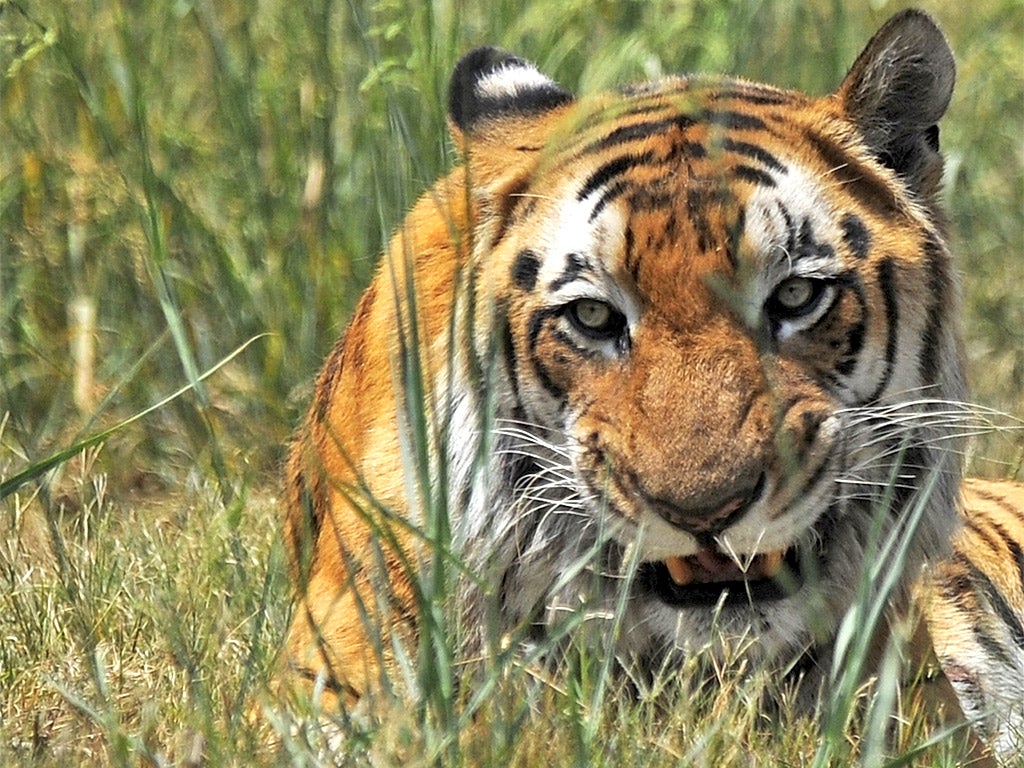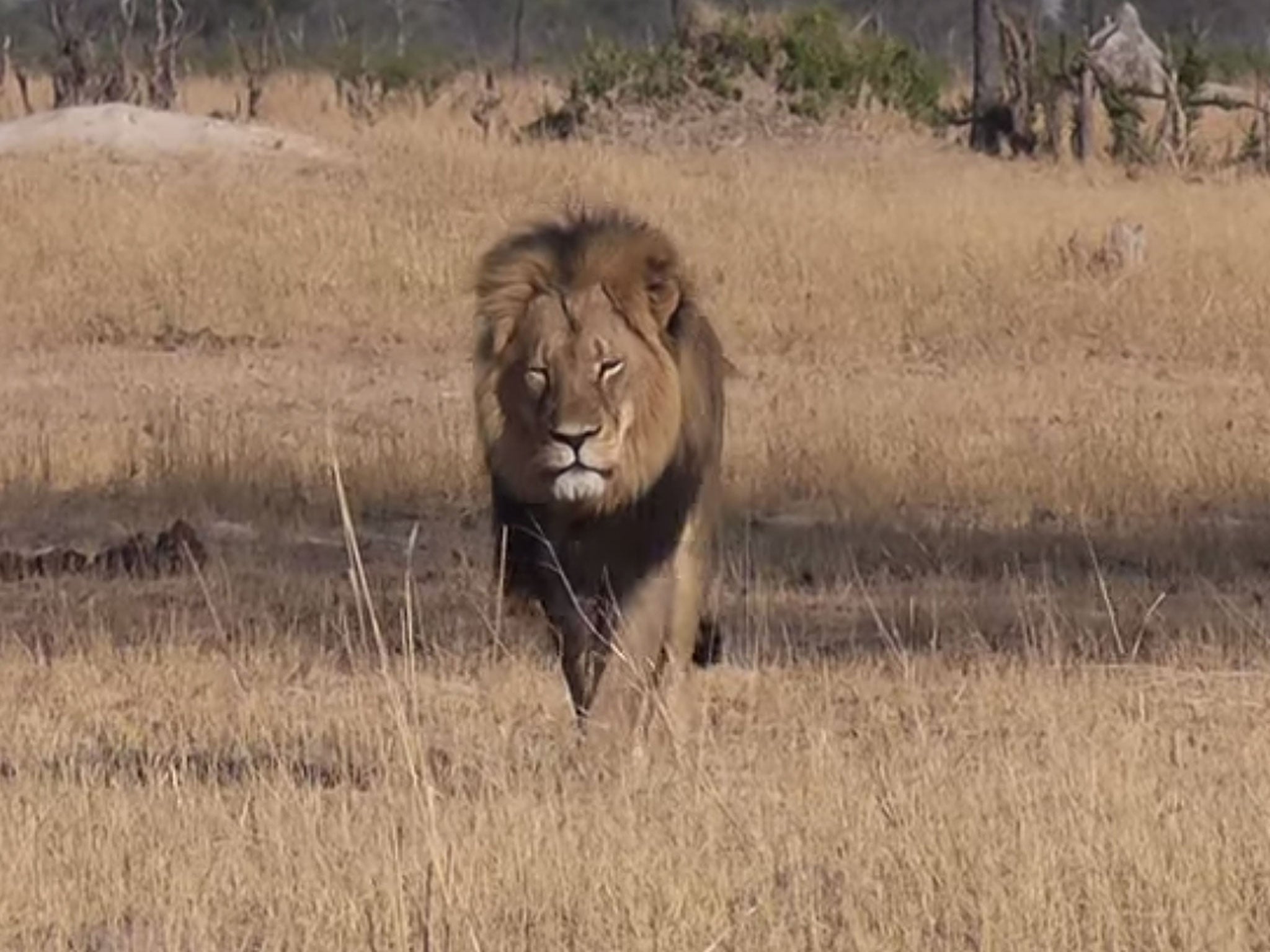Death of 41 tigers in India prompts warning over big cats' shrinking habitats

Your support helps us to tell the story
From reproductive rights to climate change to Big Tech, The Independent is on the ground when the story is developing. Whether it's investigating the financials of Elon Musk's pro-Trump PAC or producing our latest documentary, 'The A Word', which shines a light on the American women fighting for reproductive rights, we know how important it is to parse out the facts from the messaging.
At such a critical moment in US history, we need reporters on the ground. Your donation allows us to keep sending journalists to speak to both sides of the story.
The Independent is trusted by Americans across the entire political spectrum. And unlike many other quality news outlets, we choose not to lock Americans out of our reporting and analysis with paywalls. We believe quality journalism should be available to everyone, paid for by those who can afford it.
Your support makes all the difference.Six months after India boasted its tiger population was growing fast, conservationists say 41 big cats have already died this year and warn the country is not doing enough to save them.
Despite awareness campaigns, India's National Tiger Conservation Authority and the wildlife group Traffic say only seven of the cats died from natural causes, one was killed by authorities and the rest were illegally poached between January and August.
In January, Indian environment authorities had claimed conservation efforts were working as the number of tigers in the country had risen to 2,226 in 2014, up from 1,706 counted in 2010.
Experts say the partial death toll proves India was not doing enough to protect the endangered predators, noting 66 tigers died during all of 2014.
Of those which died naturally this year, two were killed in tiger battles, which experts say are becoming more frequent as the big cats vie for territory while their habitats shrink.
Wildlife experts say tigers are facing increasing threats to their roaming territory as their traditional forests were being cleared to make way for huge power projects, roads and human habitats as the country pushes ahead with rapid industrialization and economic development.
"We are losing buffer areas around the tiger reserves every day and this is worrisome," said Shekhar Niraj, the head of Traffic-India.

Coupled with the decline in deer, wild boar and other smaller animals that tigers prey on, the loss of buffer areas outside tiger reserves was increasingly driving the cats to move outside their established territory into human settlements, Niraj said.
A century ago an estimated 100,000 tigers roamed India's forests.
Their numbers declined steadily till the 1970s, when India banned tiger hunting and embarked on a program to create special reserves and protected areas in national parks and wildlife sanctuaries. Conservation efforts began to pay off around 2010, when tiger numbers began to slowly rise.
India faces intense international scrutiny over its tiger conservation efforts as it has nearly three-fourths of the world's estimated 3,200 tigers.
The illegal trade in tiger skin and body parts still remains a stubborn and serious threat.
Tiger organs and bones fetch high prices on the black market because of demand driven by traditional Chinese medicine practitioners.
India is also roping in celebrities to promote its tiger conservation program. On Tuesday, the western state of Maharashtra announced it was appointing Bollywood superstar Amitabh Bachchan as the state's tiger ambassador to create awareness about its efforts to save the animals.
It comes after the killing of Zimbabwe's famous Cecil the lion prompted an investigation amid international outrage.
The big cat was popular with tourists to the country, with some saying he would pose for the camera. His death revived a debate on the hunting of Africa's wildlife for sport.
Join our commenting forum
Join thought-provoking conversations, follow other Independent readers and see their replies
Comments